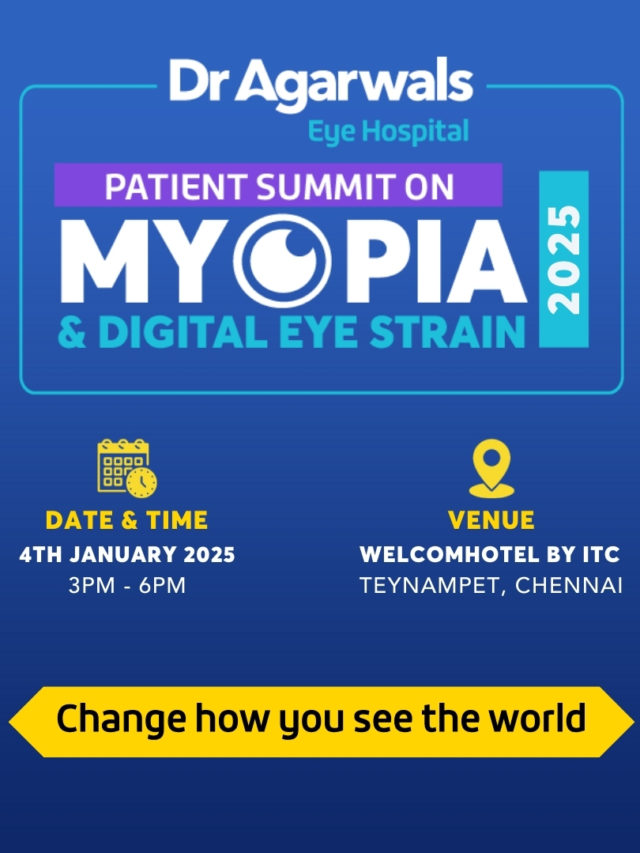The human eye is a remarkable organ, allowing us to perceive the world around us in all its beauty. However, as we age, certain conditions can affect our vision, and cataracts are one such common ailment. Extracapsular Cataract Extraction (ECCE) stands out as a traditional yet highly effective surgical approach for restoring vision impaired by cataracts. In this blog, we’ll delve into the intricacies of ECCE, shedding light on its procedure, benefits, and how it has been a beacon of hope for countless individuals.
Understanding Cataracts
Before we explore ECCE, let’s briefly understand what cataracts are. A cataract is the clouding of the natural lens in the eye, causing blurred or hazy vision. This condition often occurs with age but can also result from injury, certain medications, or underlying health issues.
What is ECCE?
Extracapsular Cataract Extraction (ECCE) is a surgical procedure designed to remove a cloudy lens, known as a cataract, from the eye. Cataracts develop when the natural lens inside the eye becomes cloudy, leading to blurred or hazy vision. ECCE is a traditional surgical approach that has been employed for many years to address this common eye condition.
The ECCE Procedure
Extracapsular Cataract Extraction involves the removal of the cloudy lens while leaving the lens capsule intact. The procedure typically unfolds in the following steps
-
Incision: A small incision is made in the eye to access the lens.
-
Capsulorhexis: The surgeon carefully creates an opening in the lens capsule, allowing for the removal of the affected lens.
-
Phacoemulsification: In some cases, ultrasonic vibrations are used to break the lens into smaller fragments, facilitating its removal.
-
IOL Implantation: To restore clear vision, an artificial intraocular lens (IOL) is inserted into the lens capsule’s place.
What are the Symptoms of Cataract?
Symptoms of cataracts include
- Clouded, blurred or dim vision.
- Trouble seeing at night.
- Sensitivity to light and glare.
- Need for brighter light for reading and other activities.
- Seeing “halos” around lights.
- Frequent changes in eyeglass or contact lens prescription.
- Fading or yellowing of colours.
Benefits of ECCE
- Proven Track Record: ECCE has been successfully performed for decades, making it a time-tested and reliable option.
- Suitability for Advanced Cataracts: In cases where the cataract is too dense or large for phacoemulsification, ECCE remains a viable alternative.
- Less Dependence on Technology: Unlike some modern techniques, ECCE does not rely heavily on advanced technology, making it more accessible in various healthcare settings.
Extracapsular Cataract Extraction stands as a beacon of hope for those grappling with vision loss due to cataracts. Its simplicity, effectiveness, and historical significance make it a compelling option for restoring clarity and improving the quality of life for countless individuals. As medical technology advances, ECCE continues to shine as a testament to the enduring power of traditional surgical approaches in the realm of eye care.








